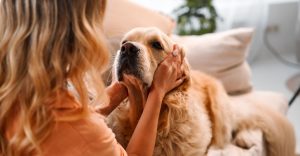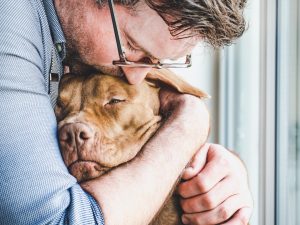These aren’t the most independent dogs out there.
Others are reading now
Many dog breeds are known for their loyalty and affectionate nature, but some have a particularly hard time being left alone. Whether it’s due to separation anxiety, a strong pack mentality, or a tendency to become destructive when bored, these breeds often need extra attention and training to handle solitude.
Labrador Retriever
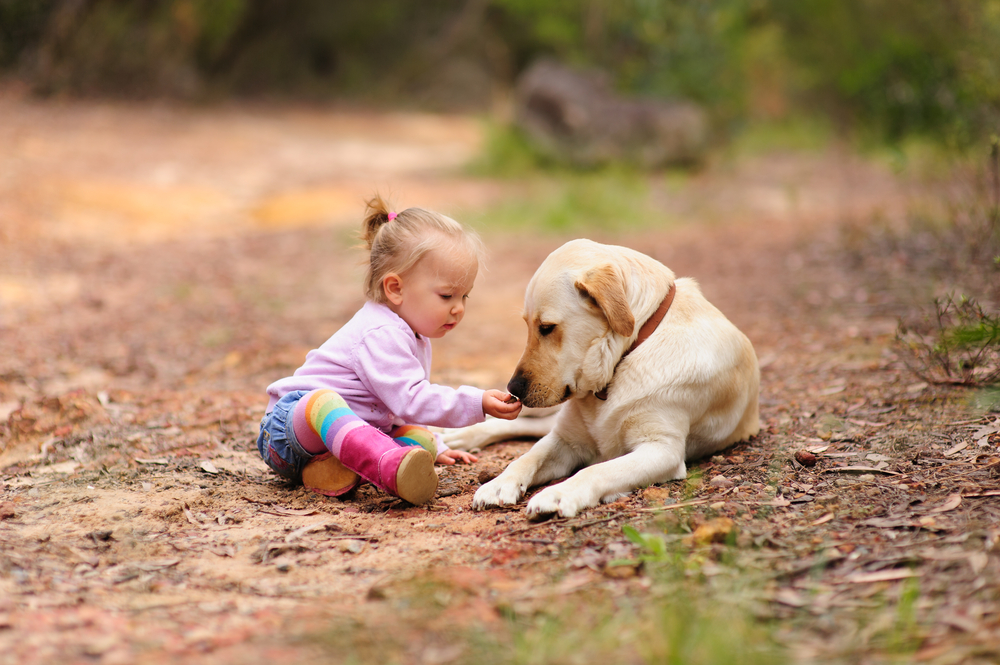
-
Highly social and people-oriented.
-
Can become destructive when left alone too long.
-
Prone to separation anxiety, leading to chewing or excessive barking.
Also read
Border Collie
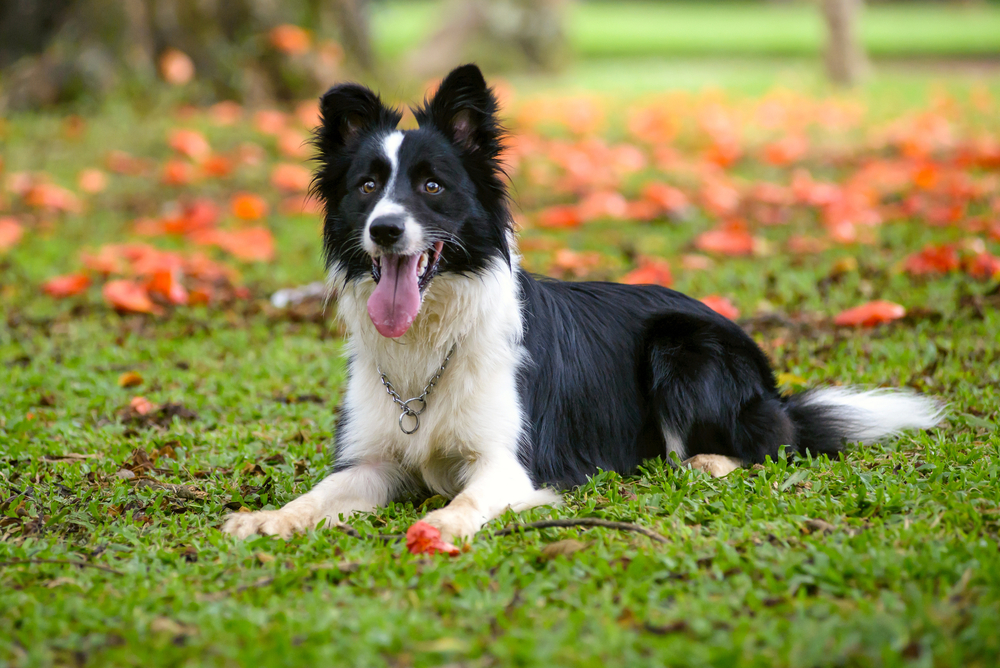
-
Extremely intelligent and needs mental stimulation.
-
Can develop obsessive behaviors if left alone.
-
Requires plenty of exercise and engagement.
German Shepherd
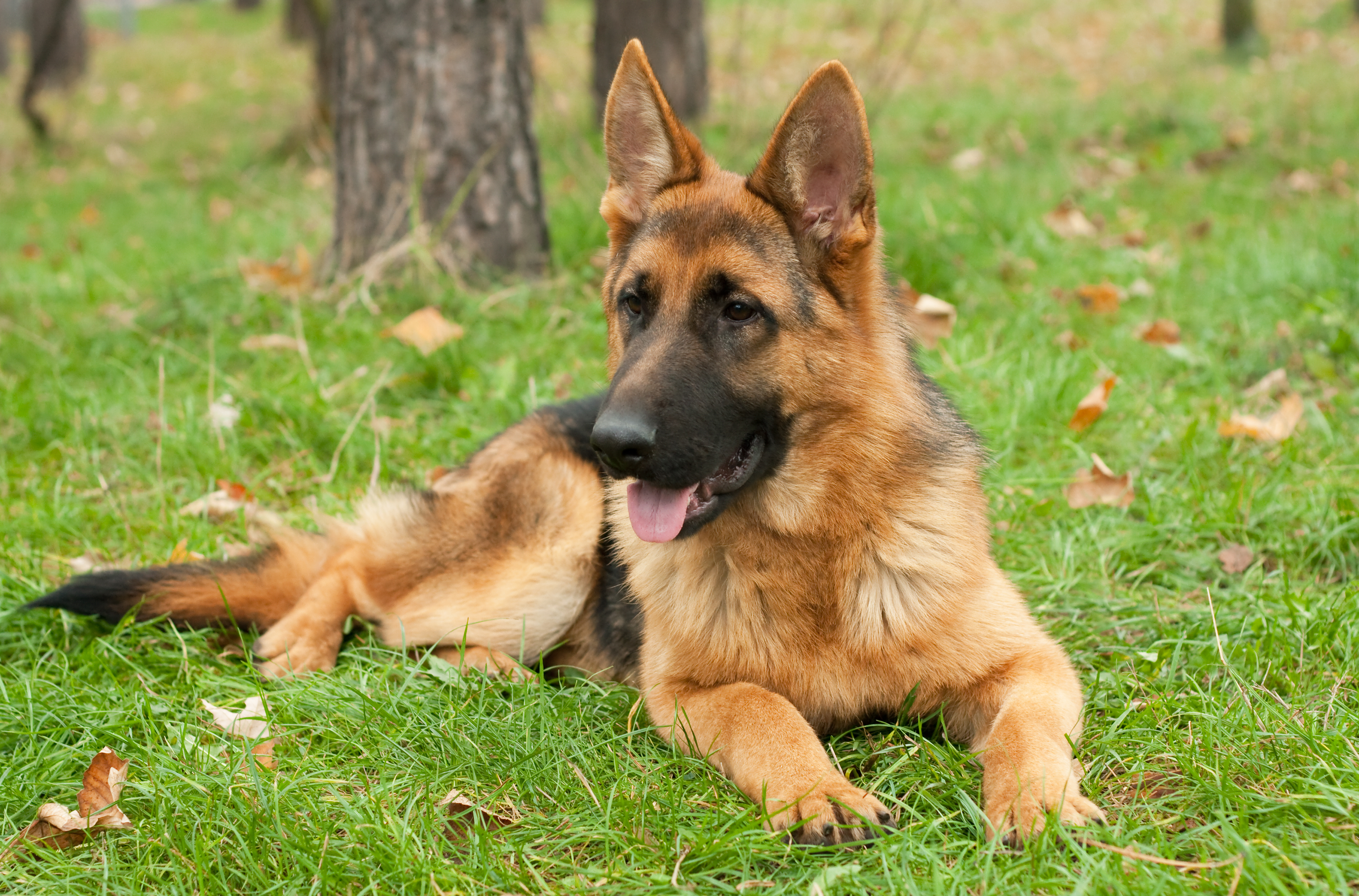
-
Forms strong bonds with their owners.
-
Prone to anxiety when left alone for long periods.
-
May become destructive or exhibit excessive barking.
Australian Shepherd
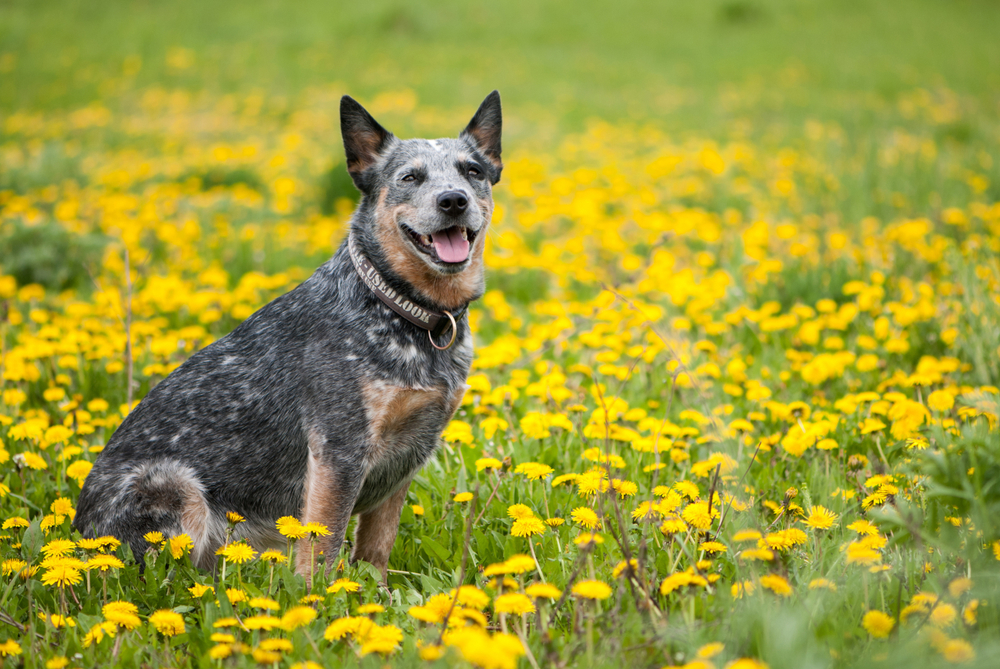
-
Very attached to their family.
-
Can become anxious and hyperactive when alone.
-
Needs consistent training to manage their energy.
Bichon Frise
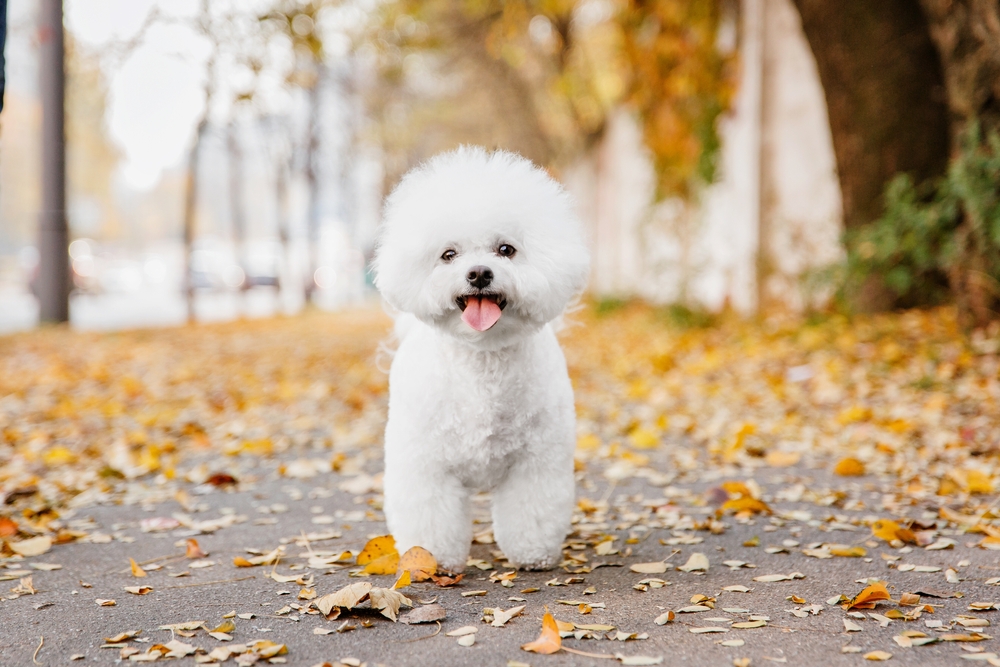
-
Loves human companionship and thrives on attention.
-
Prone to excessive barking or destructive chewing when left alone.
-
Can develop severe separation anxiety.
Cavalier King Charles Spaniel

-
Bred to be a companion dog, making them highly dependent on humans.
-
Easily stressed when left alone.
-
Can develop depression or destructive habits.
Italian Greyhound
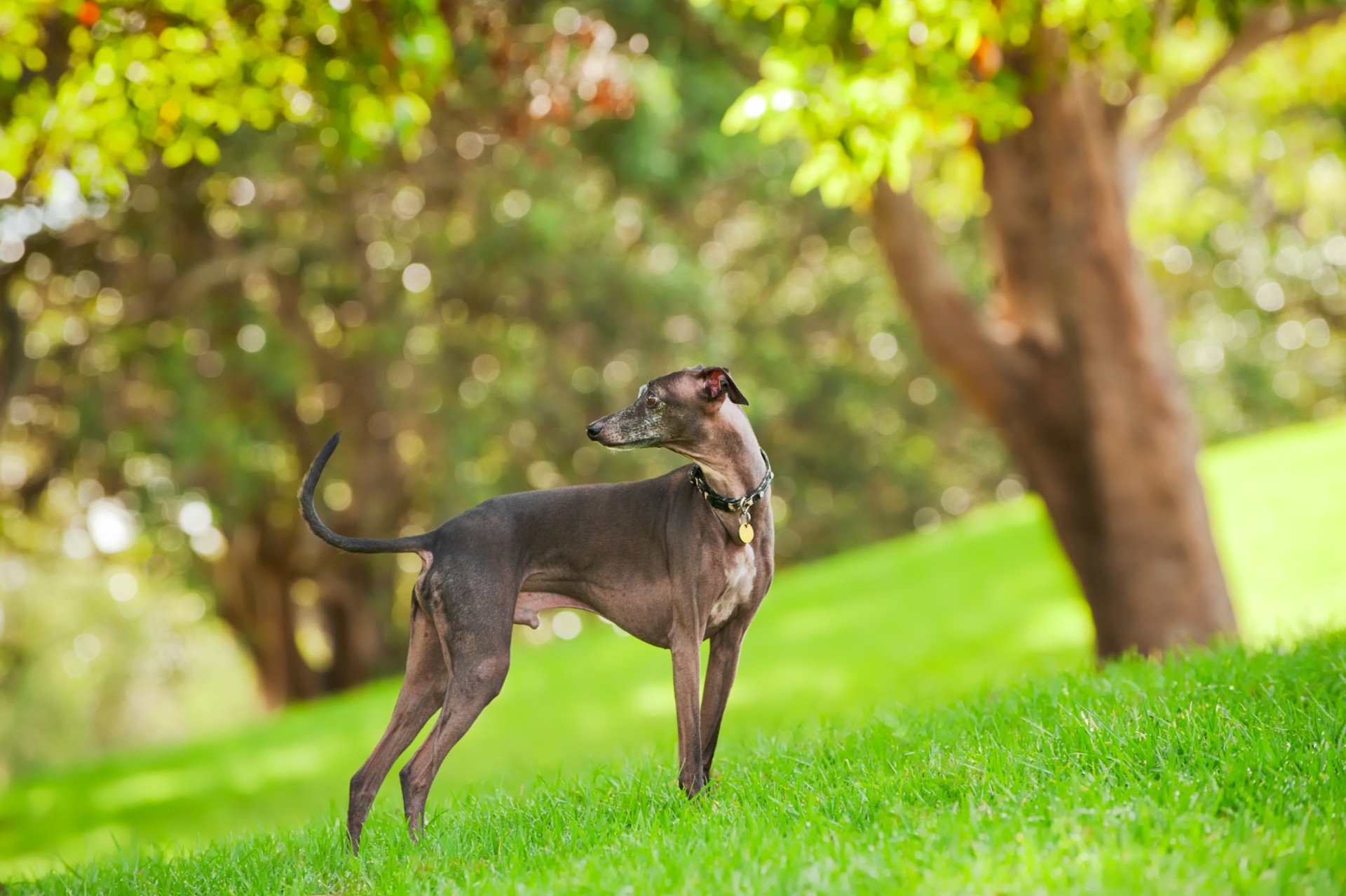
-
Very sensitive and easily distressed by solitude.
-
May refuse to eat or engage in destructive behavior when left alone.
-
Requires gradual training to cope with separation.
Pinscher
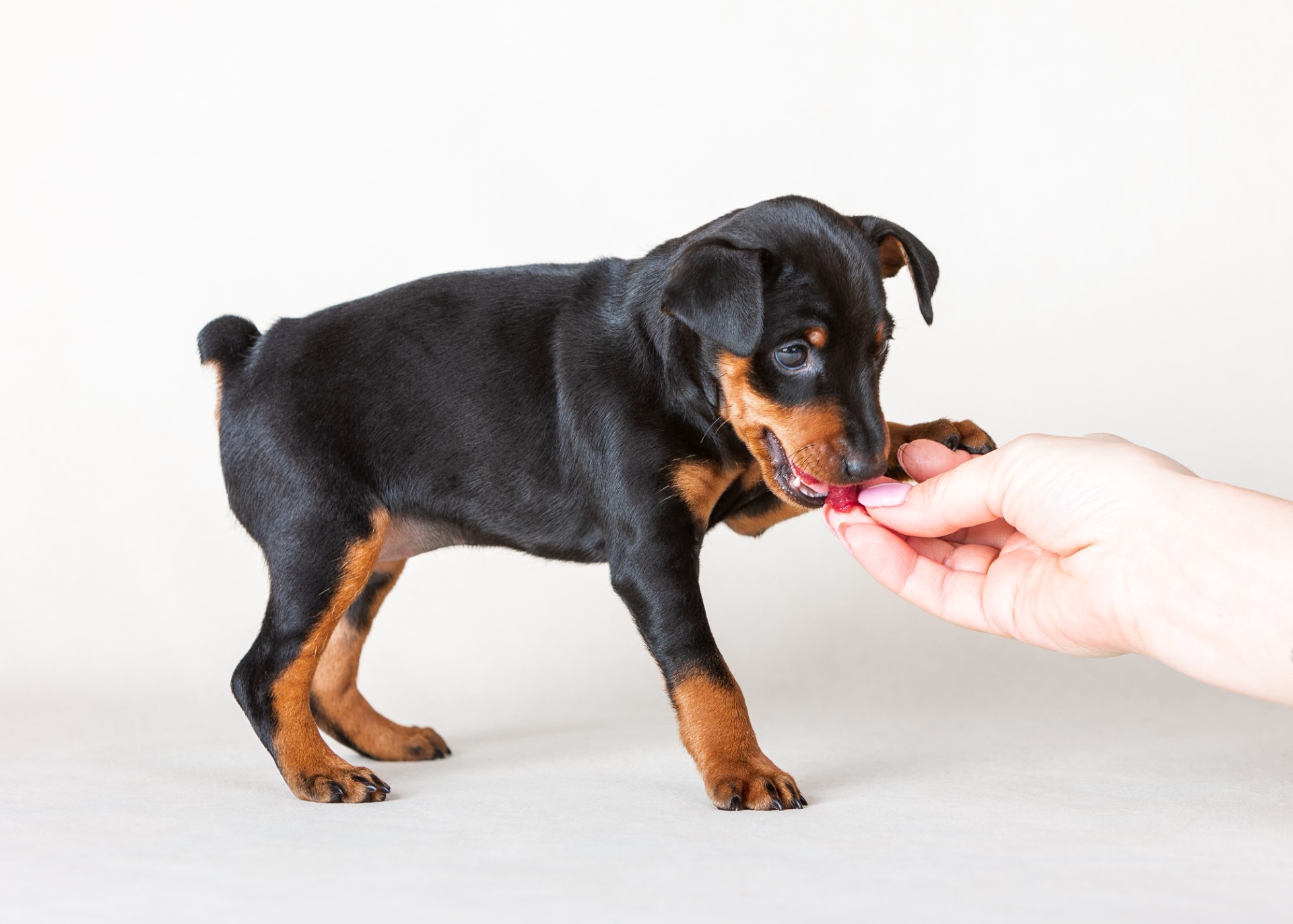
-
Forms deep bonds with their owners.
-
Can become anxious, destructive, or aggressive if left alone too long.
-
Needs proper training to feel secure when separated.
Poodle (Toy & Standard)
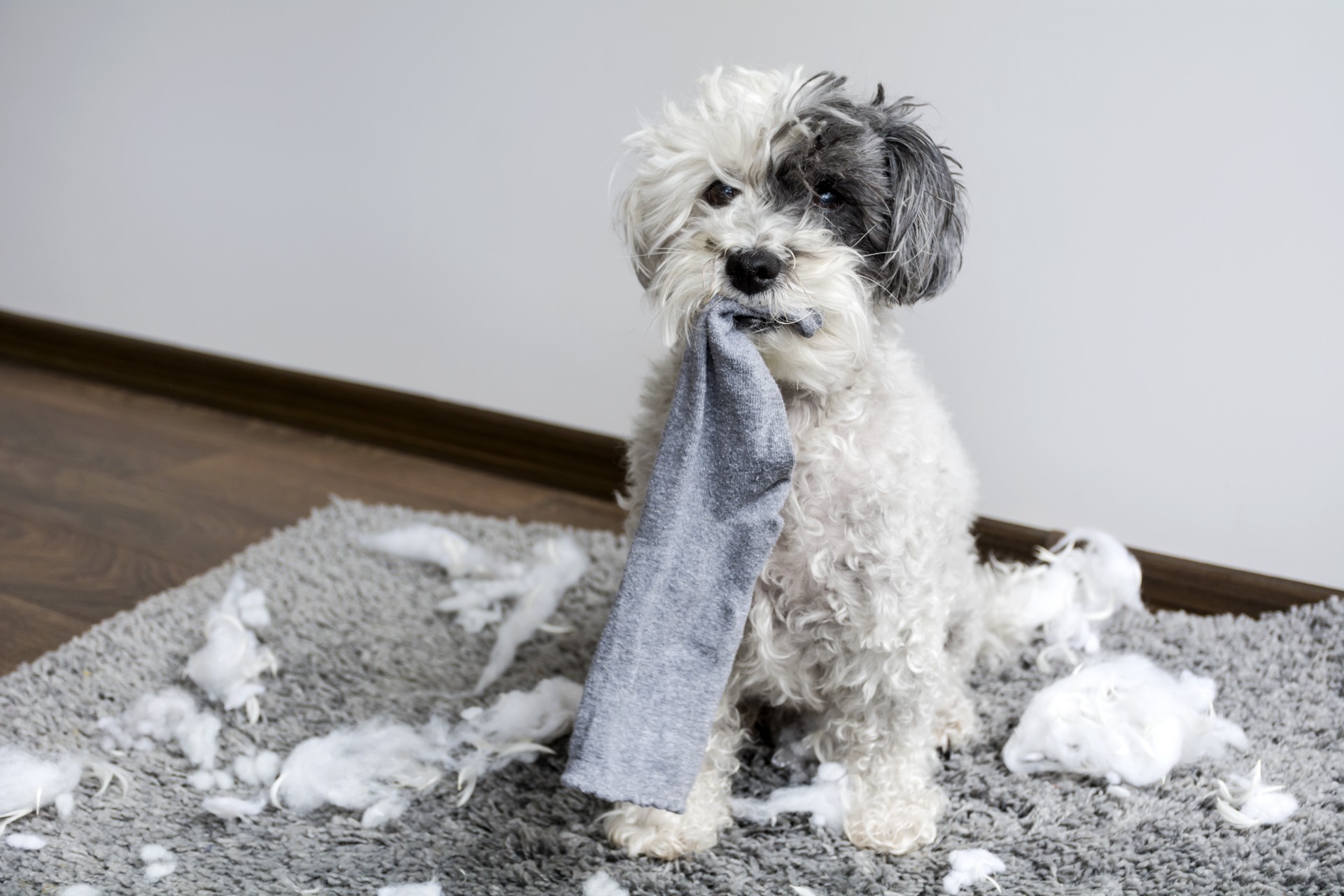
-
Intelligent and thrives on human interaction.
-
Prone to anxiety and compulsive behaviors when alone.
-
Needs consistent mental stimulation to prevent destructive habits.
Beagle
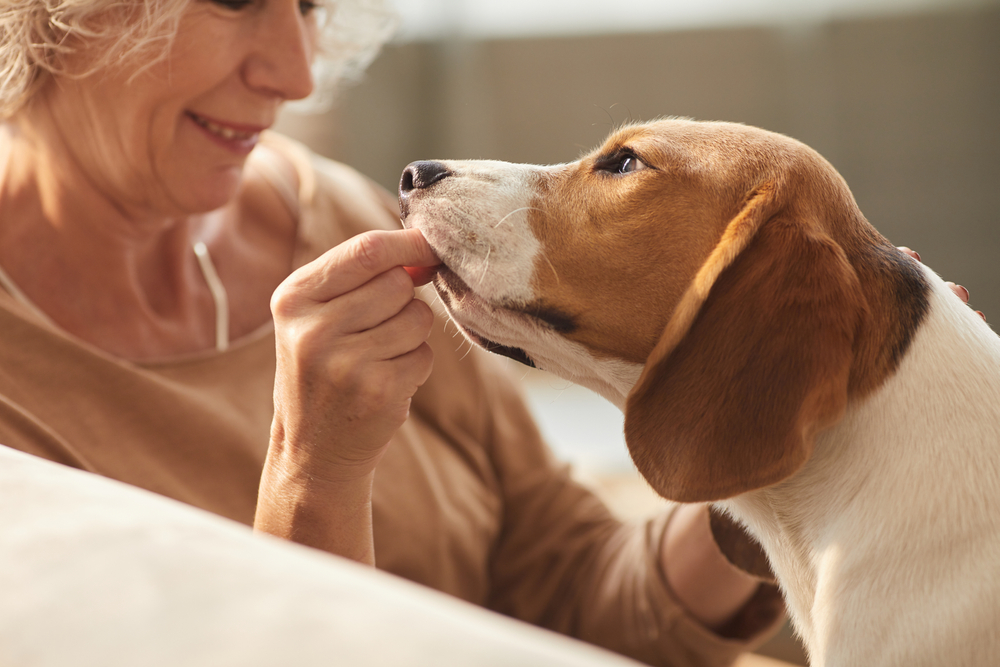
-
Pack-oriented and dislikes solitude.
-
Can become excessively vocal or destructive when left alone.
-
Needs a companion or interactive toys to manage boredom.
Shih Tzu
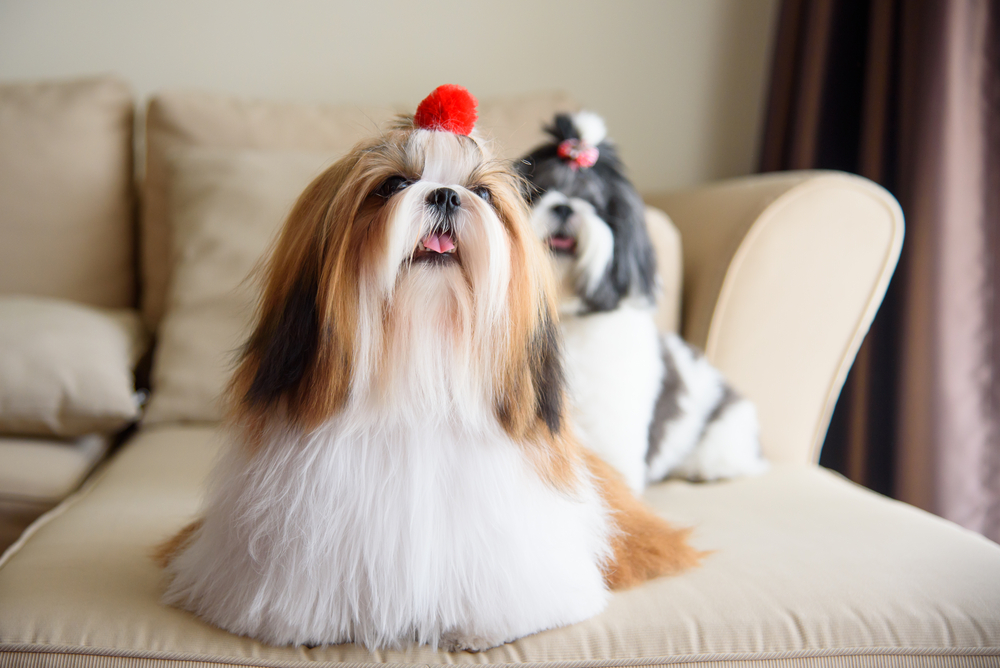
-
Bred for companionship, making them clingy.
-
Struggles with long periods of separation.
-
May bark excessively or refuse to eat when anxious.
French Bulldog
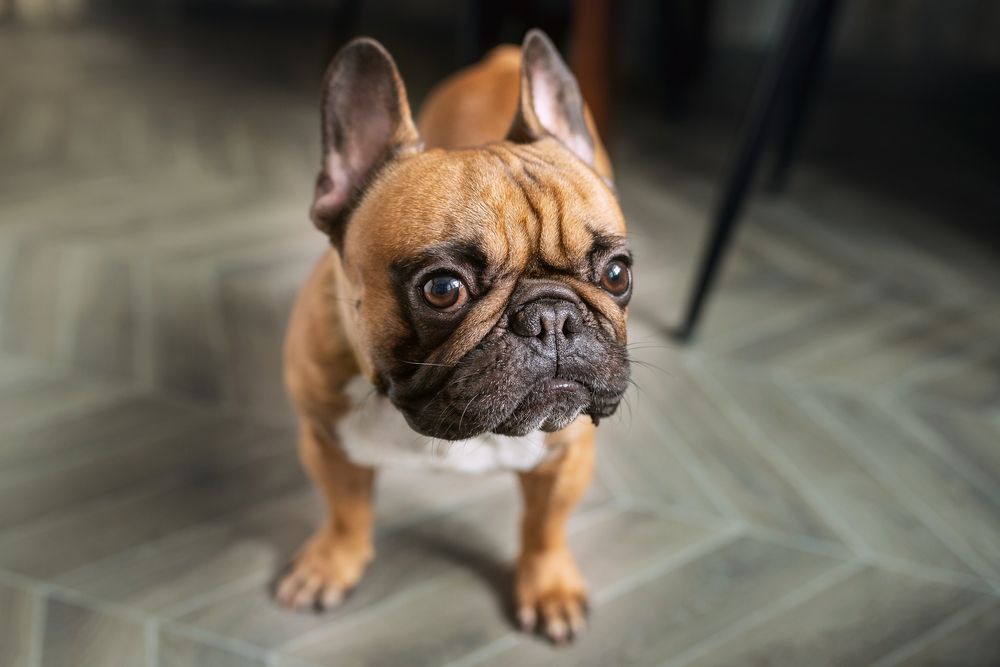
-
Craves human affection and can’t handle being left alone for long.
-
Prone to destructive chewing and barking due to stress.
-
Needs gradual training to adjust to alone time.
Vizsla
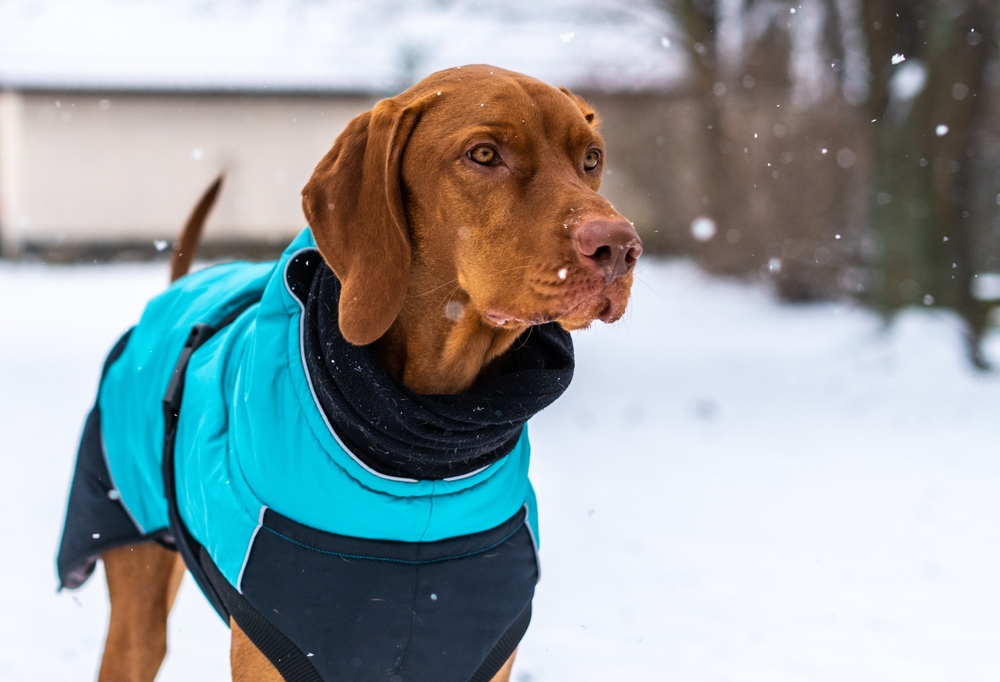
-
Known as “Velcro dogs” because of their attachment to owners.
-
Suffers from separation anxiety more than most breeds.
-
Needs consistent mental and physical activity to stay content.
How to Help Dogs That Struggle with Alone Time

-
Start with short absences and gradually increase the duration.
-
Provide interactive toys to keep them engaged.
-
Use calming techniques, like leaving on soothing music or scent items.
-
Consider doggy daycare or a pet sitter if extended separation is unavoidable.
-
Train them with positive reinforcement to feel secure when alone.



